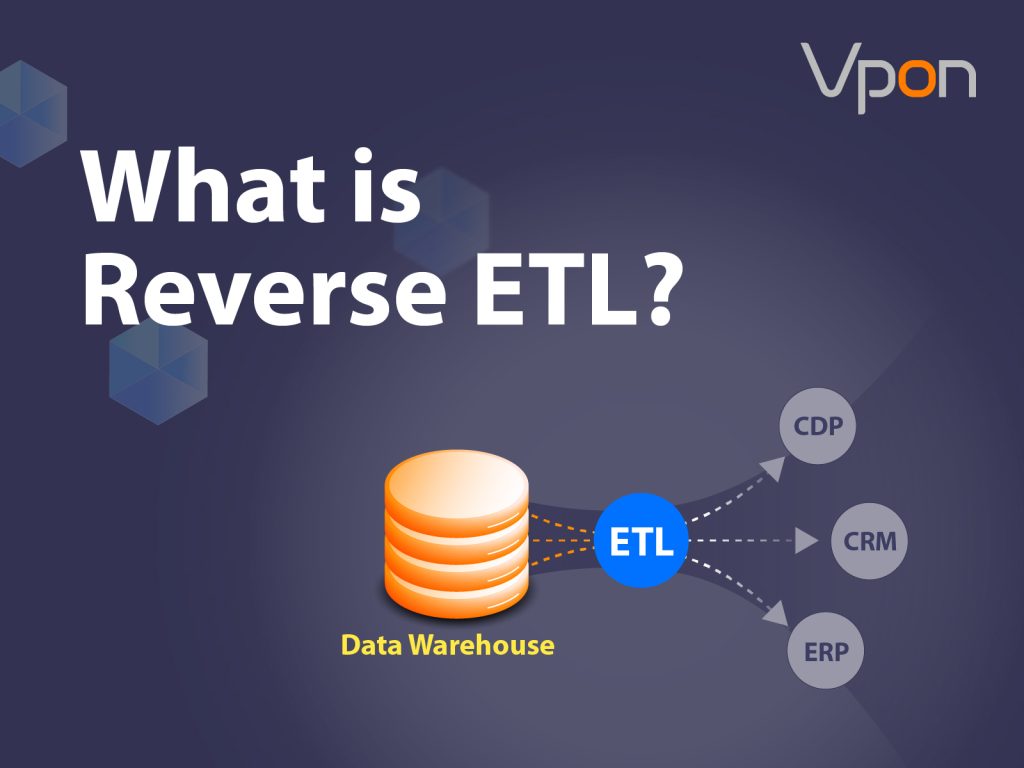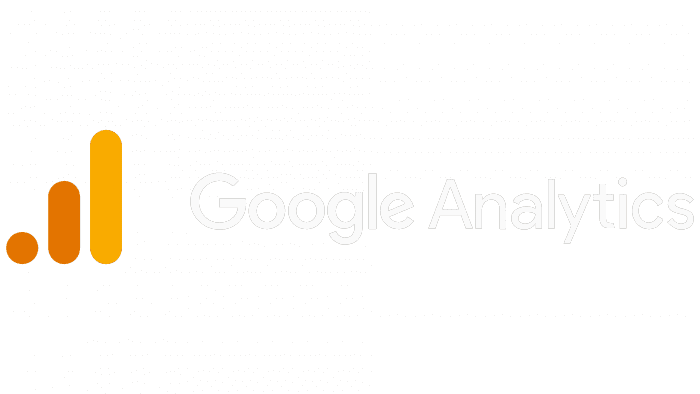Artificial Intelligence and Big Data are terms that have been around for many years. Despite this, the complexity that comes with both of these areas has meant that most businesses acknowledge that they are farther along in adoption than they would like; and recognize that these areas pose a risk to their companies future success.
So, what is AI in the context of big data analytics, and how can you leverage it to improve your business outcomes? Keep reading to explore more about these exciting areas and how implementing such solutions might be easier than your think.
Table of Contents
What Is Artificial Intelligence in Big Data Analytics?
Artificial intelligence (AI) for big data analytics refers to applying a broad range of machine learning techniques focused on broadening the value provided by assessing big data.
These insights tend to take several forms but mainly focus on three areas:
- Descriptive analytics
- Prescriptive analytics
- Predictive analytics
These areas cover the range of strategic requirements that businesses have. Descriptive analytics provides transparency as to what exactly is happening in a neighborhood of the company’s operations. Prescriptive analytics looks at data to understand what should be done to achieve a specific outcome. The predictive analysis predicts how other metrics may trend based on what we know right now and can model the past.
To get a firmer understanding of what this means in practice, we first need to look at its two components:
- Big data
- Artificial intelligence (or applications of machine learning)
The Rise of Big Data
Every business uses the data it collects to make day-to-day and more strategic long-term decisions. The goal of these decisions, either directly or indirectly, is to improve the company’s performance. This data will vary depending on the company’s business model, size, and industry but will usually always cover a wide range of different types of data, such as:
- Customer acquisition and retention
- Supply chain
- Inventory
- Marketing
All these different data types will probably utilize several first and third party data platforms, each with its data structure.
As time goes on, the data available to businesses through such data platforms continues to grow exponentially. This has been the driver of conversations on so-called ‘big data,’ which is defined as data that covers an increasing variety of types, produced in increased volumes and arriving with more velocity — attributes referred to as the three Vs:
- Variety
- Volume
- Velocity
However, one of the main challenges associated with big data is being able to leverage ‘big data’ in practice. With so much data, it can be challenging to know where to start, which has been an ongoing concern over recent years.
AI and Machine Learning
AI is the generalized application of machine learning — programs that allow computers to simulate ‘learning’ through algorithmic and statistical data assessment to identify patterns and draw inferences from these patterns.
These algorithms take on several different names, referring to the approach taken. They vary from simple classification or linear regression to complex neural networks, which are influenced by the workings of the human brain.
Using machine learning for data analysis is increasingly common as decision-makers at all levels of organizations realize the opportunity it presents. Machine learning techniques can be precious due to their ability to analyze the data algorithmically and recognize patterns that human analysts may miss.
The primary challenge for organizations relating to their use of machine learning is accessing sufficiently clean and structured data to enable machine learning models to be trained, which is where big data can fit perfectly.
AI For Big Data
Using machine learning for big data analytics is a perfect match — it allows organizations to leverage their extensive data resources while also allowing the computer algorithms to do much of the hard work of trawling through disparate data sets to provide insights.
AI for big data represents a cutting-edge approach to data analytics, providing a means to empower decision-makers within the business with a level of insight previously impossible to deliver.
Machine learning can also cover a wide range of activities within this area. Not only can it find patterns in specific data sets to surface a specific requirement, but it can also be used throughout the data preparation phases. There are many examples of machine learning making a significant impact in finding possible connections among datasets and automating data preparation tasks such as learning human error patterns to keep data’ clean’.
How Is AI Software Being Used in Big Data
Using machine learning and AI for big data analytics is an excellent opportunity for most organizations. However, where to start is another question entirely. Machine learning and data science are separate sets of skills. There’s unlikely room in the budget to build a wholly new function full of expensive PhD-holding employees to write the machine learning algorithms.
This is where artificial intelligence software providers come in. By providing a user-friendly abstraction of the complexity of ETL pipelines and machine learning algorithms, big data analytics software can provide an accessible way for small teams — or even a single data analyst — to leverage their data’s power.
Put simply, AI for big data analytics software enables organizations to:
- Put all their data in one place
- Crunch that data, including with cutting-edge machine learning
- Surface those data and insights through dashboards, reports, and more
- Provide insight to decision-makers as and when they need it
This covers a wide range of processes that are very difficult to undertake manually.
Many companies will have already had exposure to machine learning algorithms used across big data sets if they have participated in digital marketing. Tech platforms such as Google and Meta’s Facebook have taken the lead if the application of this technology to personalize (and, in turn, optimize) the performance of digital marketing campaigns.
The Benefits of AI for Big Data Analytics & Data Marketing
The benefits of using machine learning and AI for big data analytics are substantial. By allowing the people in your business to make informed decisions, you enable them to increase the number of good choices they make. In combination with
This empowerment of your team can bring a virtuous circle of benefits, such as:
- Better customer journeys, making happier customers
- Improvement in all manner of targeted KPIs
- An increased competitive edge
- More content, more motivated employees
- A better-informed data strategy
The benefits can apply almost endlessly depending on a company’s specific requirements. Leveraging data to provide high-quality insight applies to a vast range of use cases, limited only by the collected data. As a result, it can also benefit strategic planning for what additional data should be captured to improve the insights.
An example implementation might be reviewing the lifetime value of customers from specific regions overlaid by which marketing source they acquired. This single consolidated view might provide insight for a marketing budget owner, for example, to optimize how they use their budget moving forward to drive growth in the customers with the highest value.
Why Companies Need to Embrace AI With Data
Every business knows that its data holds the answers to many questions they need to answer. Understanding how to leverage that is critical as industries progress and increasingly adopt a data-centric approach to management—running an organization without leveraging this data is like wandering around with the lights off — relying on your best guess and moving tentatively instead of confidently and productively.
Embracing AI as a core part of the analytical toolset is essential for all organizations. This is because, as time goes on, the tools become increasingly accessible and productive. More comprehensive analysis practices are adopted by more of the market. Before you know it, it is considered a business-as-usual best practice that is required to stay competitive.
Those who are slow to adopt will see an increasing strategic deficit versus their more agile data-led competition. The insights provided by this level of advanced analysis can help drive better strategic business decisions — which in turn will help maximize cost efficiency — so those companies not using them will risk falling behind and having to play catch up over the longer term.
The slow but steady progress in these areas makes it clear that using machine learning for extensive data analysis is here to stay. As a result, jumping in to make the most of what it can offer your business is a significant opportunity to get ahead of the market (and your competitors). In time, though, it will likely be required to survive.
Conclusion
Using AI for big data analytics is a massive opportunity for organizations of all stripes. It should be one of a handful of top priorities for most companies. The good news is that while the complexity of big data and machine learning is very high, artificial intelligence software is now available to provide an accessible and user-friendly means of making the most of it.








